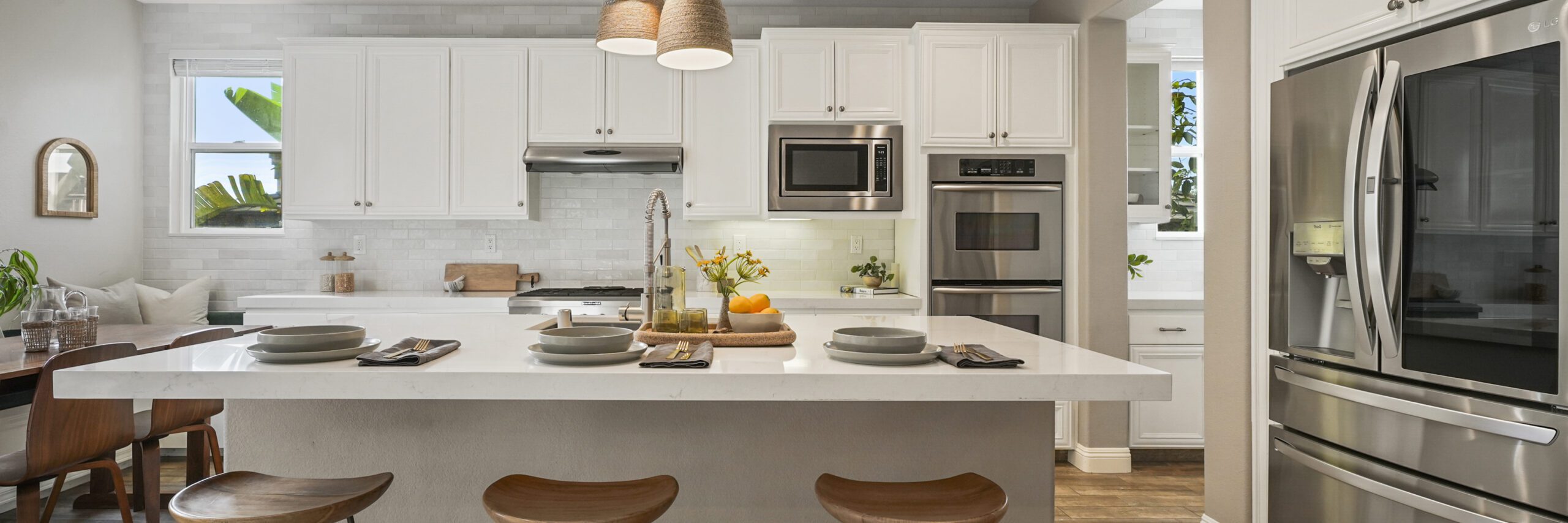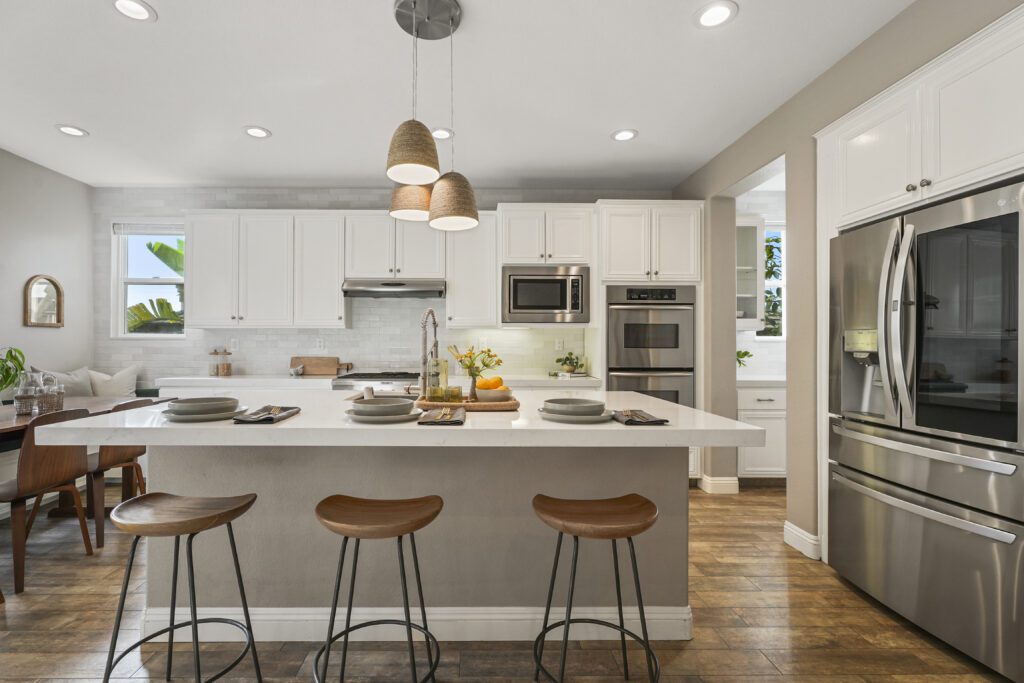
The Blog
You poured your soul into this space. The custom millwork, the lighting plan, the 47 texts and emails about grout color—it all matters. So when it’s time to photograph your finished project, think beyond documenting a beautiful space.
Interior design photography should communicate the story of the space.
Whether you’re building your interior design portfolio, pitching to a magazine, or just want something better than your iPhone camera roll, here’s how to prep your project so your photos tell the story behind the space.
Design Has a Plot—Start There
Every project has a beginning, middle, and end. Maybe it was a remodel that saved the original bones. Maybe it was a gut job that brought light (and sanity) back to a cramped layout. Either way—there’s intention behind your design. Let that guide the photos.
📌 Tip: Before the shoot, ideally during the project, jot down 2-3 “moments” that define the space. That’s our shot list foundation. Grabbing photos of these moments during the construction and execution is essential too.

Process Is Content
Yes, this might be similar to creating a plot but clients don’t just want to see the polished end result—they want to know what it takes to get there. Photos of site visits, sourcing trips, and install days give context and credibility. Bonus? They make great social content and show your hands-on role.
For the Love of Good Design—Show Yourself
You don’t need to be front and center in every image, but if you’re building a brand—not just a business—your audience needs to see the human behind the work.
That could be a hand in the frame, a silhouette, a moment on-site. Something that says: “Yes, there was a real person with real ideas behind this project.”
It builds trust. It sets you apart. And spoiler alert: editors love it too.
Design for the Editor, Not Just the Algorithm
To get your design work published, think beyond the scroll and into the story.
📌 Editors want narrative. That could be cultural influences, personal backstory, or smart problem-solving baked into the design.
📌 Function still matters. Furniture that makes sense, storage that’s seamless, and layouts that balance beauty with real life.
📌 Originality stands out. Bold choices, rule-breaking, and personal flair are what make a project feel editorial—not just trendy.
Final Thought:
If your work is nuanced, thoughtful, and layered—then your photography should be too.
Your portfolio isn’t just a visual archive—it’s your voice in a very noisy room. Make it count.
And when your photography reflects the strategy behind your interior design, you stand out in a way that gets noticed—online, in print, and by your future clients.
CATEGORY
4/04/2025
COMMENT LOVE